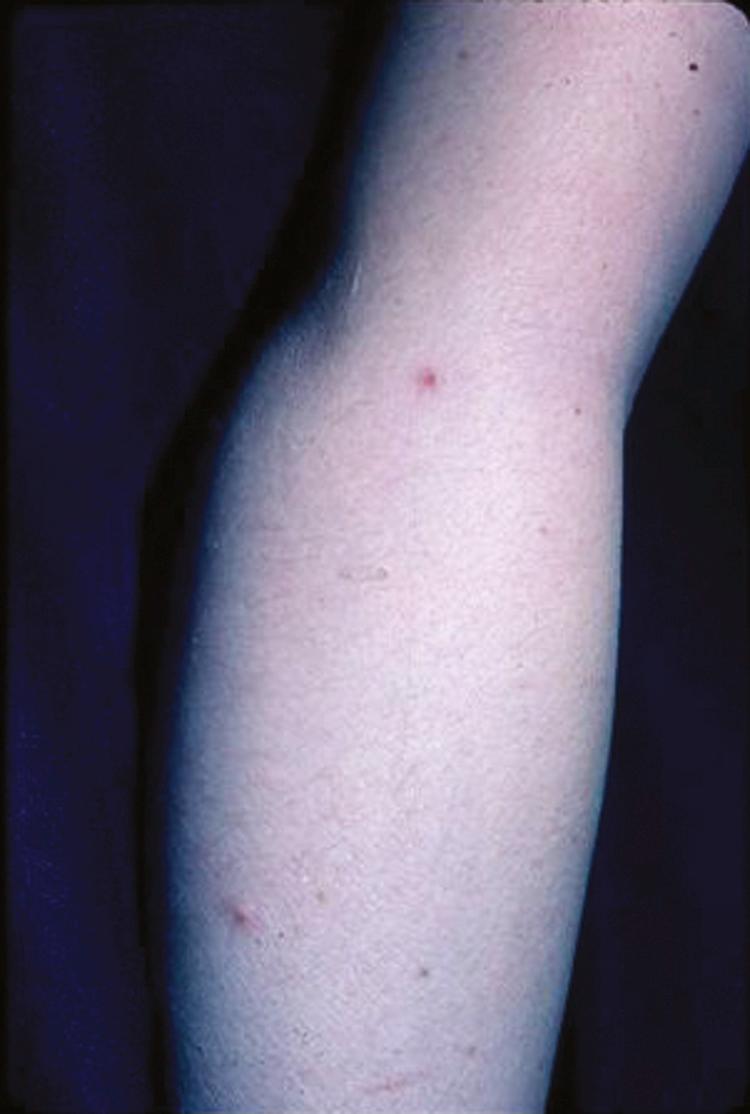Physical Address
304 North Cardinal St.
Dorchester Center, MA 02124
Occasionally, a patient will have symptoms or physical findings that do not coincide with recognizable disease patterns. The symptoms may be out of proportion to the physical findings, or the physical findings may not make sense based on the historical record or compared with previous experience. When this happens, the examining physician should consider the possibility that the patient’s agenda may be something other than wellness.
A variety of terms have been used to describe these findings, including malingering, factitious disorders, and conversion reactions. These are only a few of the various and often confusing designations that apply and that the hand and upper extremity surgeon must recognize. The complexities of the psychiatric diagnoses are not pertinent here but are referenced elsewhere. , ,
The majority of the diagnoses that we have seen fit into one of the major categories just listed. There are some recognizable patterns of clinical findings that should instantly alert the evaluating physician. Current psychiatric thought in this area has been summarized by LoPiccolo and colleagues as follows: “While malingering represents a conscious intent to deceive for the purpose of obtaining an easily identifiable goal (secondary gain), it should not be confused with factitious disorders. Factitious disorder is also defined as an intentional production of symptoms, but differs from malingering in that it is always considered pathologic, and in that its goal is an internal rather than an external incentive, i.e., to assume the sick role.” , Previous thought had denied attribution to personal motivation and referred to unconscious mechanisms to explain the observed behavior. Both malingering and factitious disorders may be detected by either direct observation of situational behavior or videotaped surveillance. The former would occur when an individual was observed in the workplace, social environment, or inpatient facility by staff to be performing contrary to any self-described limitations. Secondary surveillance involves direct videotaping from a concealed location of the individual performing a task or tasks that the individual claims to be unable to do because of a specific condition (e.g., observed gripping or fine motor skills when the individual denies being able to do them). Although malingering and factitious disorders are “first cousins,” they have a major difference. A malingerer is feigning illness, whereas a person with a factitious disorder is causing illness. There may be an overlap such as a patient who manipulates a wound to stay off work.
Patients with factitious lymphedema usually have a history of the mysterious appearance of painless swelling of the limb and denial of any knowledge of the cause of the problem. It is usually attributed to occupational activities. The site of the edema is at a defined point anywhere from the shoulder distally ( Fig. 54.1 ). It is probable that the condition formerly called Secretan’s disease was a form of factitious lymphedema.

Once it is recognized, treatment may be effective. Hospitalization of the patient and controlled elevation will result in a rapid decrease in the edema. If it persists with constant elevation, late night rounds may reveal a tourniquet somewhere about the limb. An alternative outpatient technique is the application of a shoulder spica cast. Psychiatric or psychological consultation or both should be obtained. There is no indication for surgical intervention.
Become a Clinical Tree membership for Full access and enjoy Unlimited articles
If you are a member. Log in here